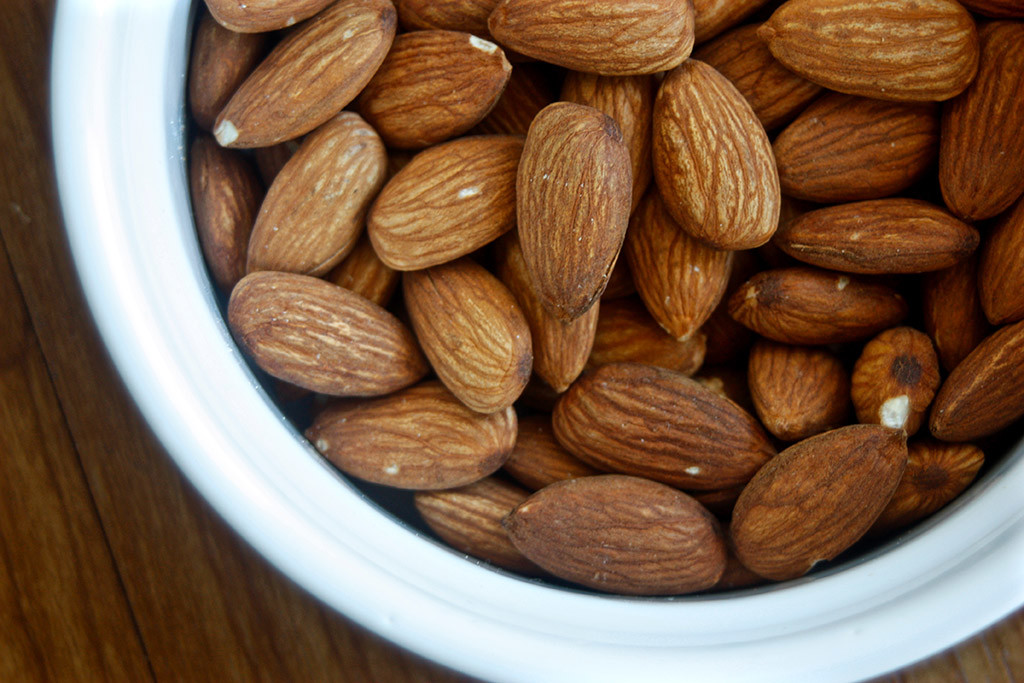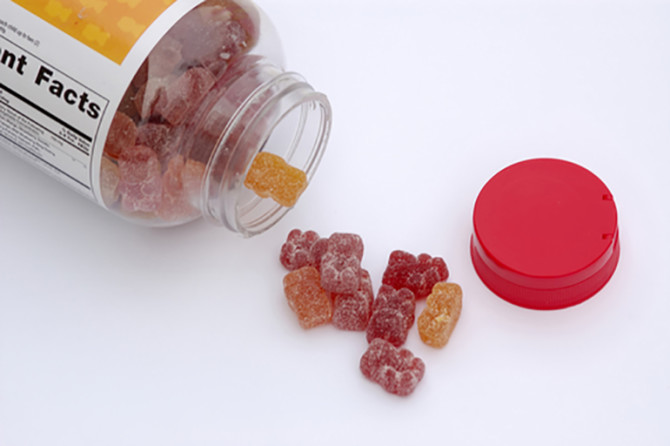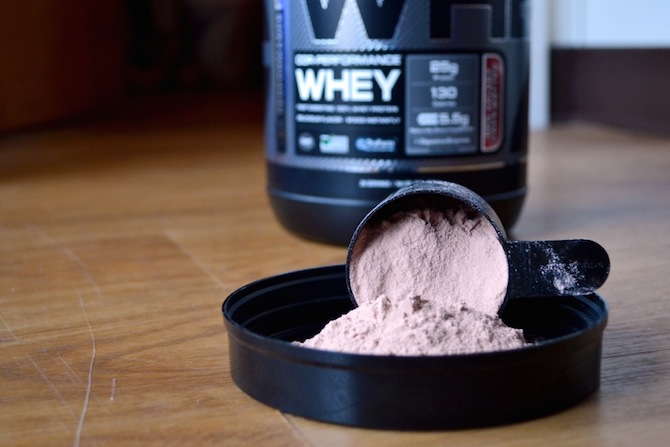If you’ve ever been inside a Whole Foods, Trader Joe’s or even your bodega the odds of you finding almond milk on the shelves are pretty high. This milk alternative has gone from a hipster trend to a mainstream staple but has come under some fire recently with people questioning if there are actually almonds in the milk or ingredients like carrageenans (which there are mixed opinions on). I broke down everything that goes into your almond milk with some info on each so you can drink your milk and eat your cookies in peace.
Almond Milk

Photo by Christin Urso
I know, I know, this seems like an obvious first ingredient. But I wanted to get it out of the way and state that all the brands I looked up had this as the first ingredient. And FYI they also mention that this is basically filtered water and almonds. That should put your mind at ease.
Thickeners

Photo courtesy of foodiedubai.com
Thickeners, whether it be gellan gum, carrageenan or locust bean gum were present in all of the brands I looked at. These gels have one job and one job only – to make the milk thicker. Health wise the verdict is still out, but there have been some benefits cited for the locust bean gum in particular like reducing cholesterol. Fun fact: carrageenan is actually extracted from seaweed.
Sweeteners

Photo by Katie Walsh
Ah sugar. Now none of these brands included just plain old “sugar” on the ingredients list. They either had pure cane sugar, evaporated cane juice or shockingly one brand didn’t have any added sugar. Evaporated cane juice is really just a fancy way of saying sugar. The only difference is the color and consistency but health-wise it’s basically the same thing.
Emulsifiers

An emulsifier is used to keep oil and water from separating. This is done so that the shelf life of the milk is longer, which is why almond milk basically lasts forever. A common emulsifier is sunflower lecithin, which can have a positive effect on cardiovascular health, memory and stress related disorders making it a household item in the homes of health gurus.
Vitamins

Photo courtesy of vitakem.com
It was so sad to see how many vitamins had to be added to these milks. Just some of them include: zinc oxide (a micronutrient), magnesium phosphate, vitamin A palmitate, vitamin D2, natural vitamin E, and calcium carbonate. The word for this is fortified which means a nutrient was added to a food because it was either removed from the food or was never there to begin with.
Flavoring

Photo by Sarina Raman
This always confuses me, what is “natural flavoring?” Another ingredient that caught my eye was potassium citrate which is a “flavor enhancer.” The FDA has a super long definition as to what natural flavoring is but and the biggest most important thing I took from it was that these natural flavorings are made in a laboratory. Companies don’t have to tell you what is included in the formula.
Protein

Photo by Malia Budd
There were a couple of different ways that these almond milks made up for the lack of protein in the milk. Some used pea protein, rice protein, casein or whey. Other brands used ingredients such as folic acid and selenium, which are aminos that help build proteins.
So when it comes down to it will I be drinking store-bought almond milk? Yes, I probably will mainly because of convenience (I’m lazy). I think it’s safe to say I probably won’t be guzzling the stuff down but now that I know more about the ingredients I can be a more conscious consumer #adulting. You might walk away from this article without feeling the same way – but that’s cool, just don’t debate me about mine.


